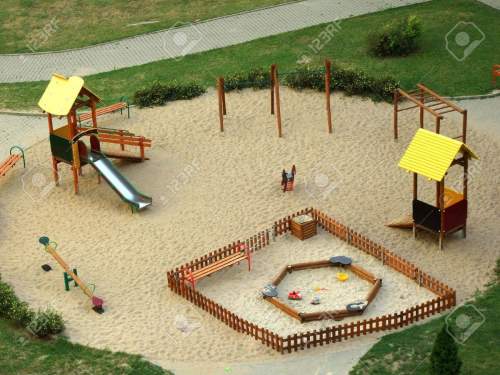When the percentage of sand is high in a specific soil than it is called sandy soil. It has the largest particle among different soil particles. Sandy soil is also known as “Light soil”. Generally, sandy soil is composed of- 35% sand and less than 15% silt and clay. Primarily sand is the small pieces of eroded rocks with a gritty texture. In sandy soil, most of the soil particulars are bigger than 2mm in diameter.
Uses of Sandy Soil
The uses of sandy soil in different sectors are numerous. Followings are the uses of sandy soil:
- Agricultural need.
- Easy drainage
- Construction
- Foundation
- Beauty
- Frictional properties
- Low settlements
- Changing pH
- Others
A brief description of these uses of sandy soil is given below.
Agricultural need

Sandy soil is usually dry, nutrient and fast draining. It is used for plowing, planting and cultivating. The useful vegetables like potatoes, grams, tomatoes, etc require a minimum percentage of soil for a specific period. The percentage varies from vegetable to vegetable. Sandy soil also provides a good ground for farmers to collect falling nuts.
Easy Drainage
Sandy soil has great drainage properties. It drains easily and quickly. It is used to improve soil drainage. The interesting feature is in a land full of sandy soil, work can be done right after a rain even if it’s heavy without any difficulty. It filters water in big deposits through which water is shred and recollected through the channels at the bottom. Sandy soil also retains flower water like soaking the water.
Construction
{adselite}Sandy soil doesn’t get sticky. It is cohesionless. It has a light and loose structure. That’s why it can be easily used for construction purpose. Sandy soil can be a great aggregate for concrete. Also, it can be used as a construction material of mortar aside cement. Sandy soil is also used for the erection of exterior rendering materials. It is used because of its chemical resistance. Sandy soil also can be used the best as filling sand.
Foundation
Sandy soil provides a base to foundations on swampy ground. Densification below foundation is not required as the soil is naturally in a dense state. Sandy soil provides a reliable foundation for which the structure that relies on this soil has a greater degree of reliance than these built-in other soils. Sandy soil is maneuvered for the improvement of ground with the use of soil replacement method. It is used to replace soft clays of foundation to improve the bearing capacity of the soil.
Beauty

Sandy soil starts from the almost sandy surface like beaches. It increases the beauty of the beach. Also, it’s used in gardening and kids playgrounds for safety by providing a soothing context.
Frictional Properties
Sandy soil has very good frictional properties. The frictional properties are used in the construction of reinforced soil structure with geosynthetics reinforcement.
Low Settlements
Sandy soils have low settlements as it does not undergo consolidation with time. Moreover, it has immediate settlements.
Changing pH
The pH level of sandy soil can easily change the pH level of soil like clay. The pH level of sandy soil is between 7.00 and 8.00.
Others
Sandy oil is used to reduce the velocity of the water. It also helps to percolate the soil and raise the water table.
Sand Articles
- What is sand? Composition, Color, and Types of Sand
- Uses of sand
- What is Sandy Soil?- Uses of Sandy Soil
- How to Improve Sandy Soil
- What is the Bulking of Sand? - Significance & Test Steps
- What is Silica Sand? Sources & Uses of Silica Sand
- Types of Silica Sand
- The Health Risks of Silica Sand
- Bulk Density of Sand
- Specific Gravity of Sand
- Sand Unit Weight

